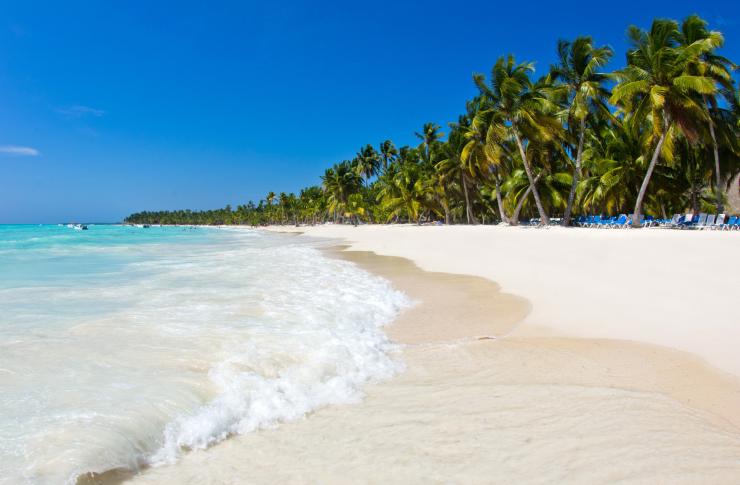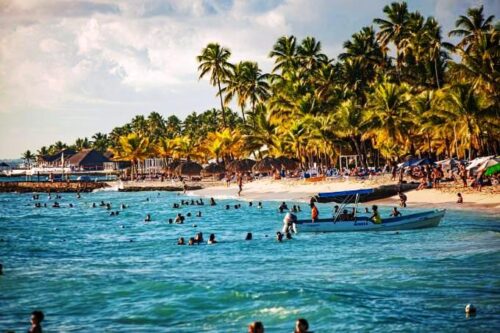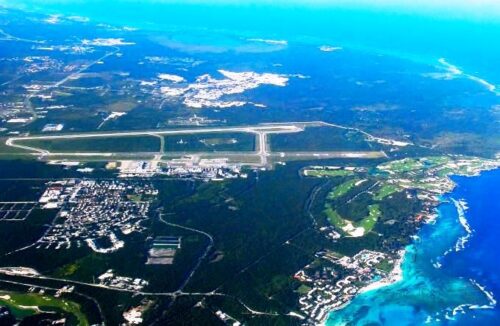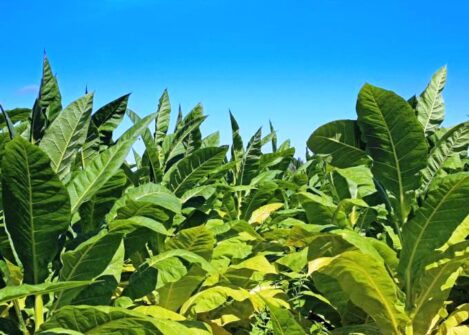Progress in the Tourism Sector.

The economy of the Dominican Republic is a liberalized, open, and strongly export-oriented economy.
For about a decade, it has been experiencing a phase of expansion, becoming one of the fastest growing in Latin America and the Caribbean, as evidenced by the estimates of the World Bank. The engine of this growth, which generated an increase of 4.9% in real GDP in 2022, is provided by the tertiary sector and in particular by the hotel, bar and restaurant sector; however, it is also derived from the positive situation of macroeconomic influences such as the decrease in oil prices, and the increase in the price of gold, which the country possesses in substantial quantities, together with silver and nickel.
The extraction of bauxite was halted some years ago.In fact, the World Bank also informs us that the tourism sector grew by 24% in the same period, supported both by an active anti-Covid vaccination campaign put in place by the Government and by the consequential recovery of global tourism and expansive budget policies.

Dominicus Beach at sunset in the Dominican Republic. 123rf.com
Economic growth is generating an increase in the middle class and, therefore, it is hoped that there will be a reduction in the still prevalent poverty and inequality. To date, in fact, the growing sectors have not yet managed to support the creation of quality jobs or the quality of basic goods and services. Furthermore, there is a massive transfer of population towards the cities, to the detriment of rural areas forced to suffer growing impoverishment.
In the last 15 years, the urban population has increased by 50% and the country has gone from an agricultural society to being dominated by large metropolitan areas. The World Bank said that the country is grappling with rising inflation which obviously affects the livelihood of the population, especially those already exposed to the effects of poverty. Structural reforms have been launched in recent years to consolidate stability through measures such as constitutional reform, reform in the energy and water sectors, public-private partnerships, and anti-corruption initiatives.These factors, together with the geographical position and the high infrastructural development of the country should attract further foreign direct investments in the coming years and support growth potential in the medium term.

Aerial photo of the Punta Cana Airport. The Dominican Republic has 9 international airports.
CC BY-SA 4.0/ Doodybutch
The central position is, in fact, perfect for international companies looking for easy access to North and South America, especially the United States. They are favoured by the infrastructural system of the country which is suitable for supporting global trade and which is the best in the Latin American area as recognized in 2019 by the ‘Global Competitiveness Report’, published by the World Economic Forum. This network includes 9 international airports, 12 seaports, and over 20,000 kilometres of highways and roads. Manufacturing and commercial companies can reach the States in 3 days by sea and 2 hours by air. In addition, call centres and other service-oriented businesses are located in the same time zone as the East Coast of the United States, which would be a significant advantage in terms of business development opportunities. To this, we must add the strong support given by the Government through the free zone regime and the 79 industrial parks which have already attracted a large number of companies due to highly competitive services. Of these companies, those that produce medical devices represent the largest category of industries in the country.
Currently, there are 33 manufacturers including B. Braun, Cardinal Health, Baxter Healthcare, and others. The electronics segment is also present within these platforms with approximately 22 companies possessing distinct capabilities such as the production of intermediate components and the assembly of final products. There are also logistics parks created to facilitate activities such as storage, deconsolidation, packing, repackaging, labelling, re-labelling, distribution and re-export of goods and companies that have already established their centres include IKEA, Caterpillar, Rolex, Diageo, Evergreen, and others. Ultimately, companies looking to expand their global presence find in the Dominican Republic one of their best allies.

Tobacco field. 123rf.com
As far as the primary sector is concerned, the main crops, mostly destined for foreign markets, are sugar cane, widespread in the southern coastal plain and produced using manpower provided by Haitian labourers. Coffee is another of the predominant crops for the island’s economy and is grown on the slopes of the Sierra de Bahoruco and on the Samana peninsula, while cocoa and tobacco are produced on all the inland plains. Also widespread is the production of rice, corn, and cassava, mostly intended for internal consumption.
The agricultural sector is also linked to the industrial sector concentrated essentially in the transformation of products and whose fabric is made up of sugar factories, tobacco manufacturing and rum distilleries. However, the processing techniques, if we exclude the larger companies, are still not very industrialized and dependent on the use of animals and outdated means. Another important sector for the local economy is that of the forests from which discrete quantities of rare timber and colouring products are extracted, but their intensive exploitation has led to a degree of impoverishment over the course of colouring the last decades. (Open Photo: 123rf.com) – F.R.



